
Phase change concrete melts snow and ice without salt
Researchers at Drexel University have created self-heating concrete by incorporating phase change materials, capable of melting snow and ice for 10 hours.

Researchers at Drexel University have created self-heating concrete by incorporating phase change materials, capable of melting snow and ice for 10 hours.

RPI research proposes a sustainable solution to the problem of plastic waste, converting it into biodegradable silk through fermentation

With the discovery of materials that would have taken 800 years to find, Deepmind opens up a future of superconductors and advanced batteries.
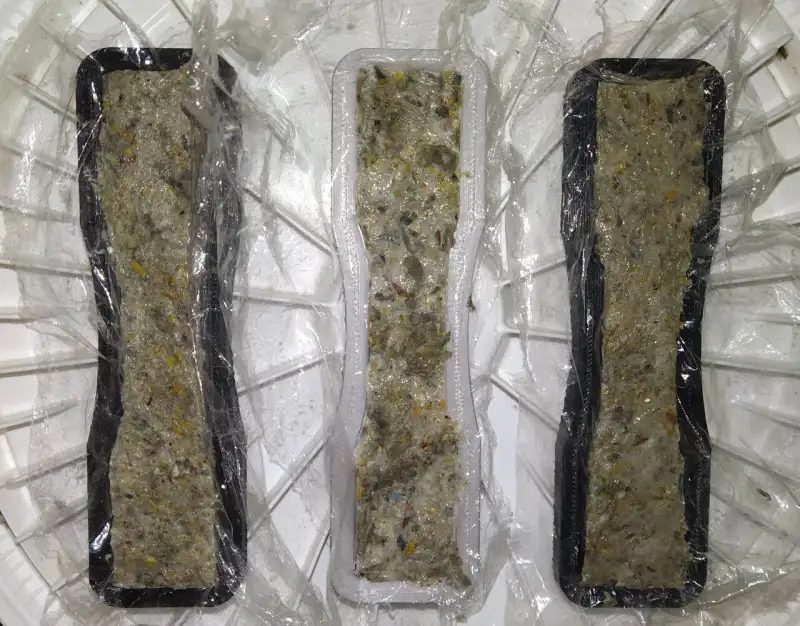
Using rice husk and newspaper, a new eco-friendly insulation material can significantly reduce the environmental impact of construction.
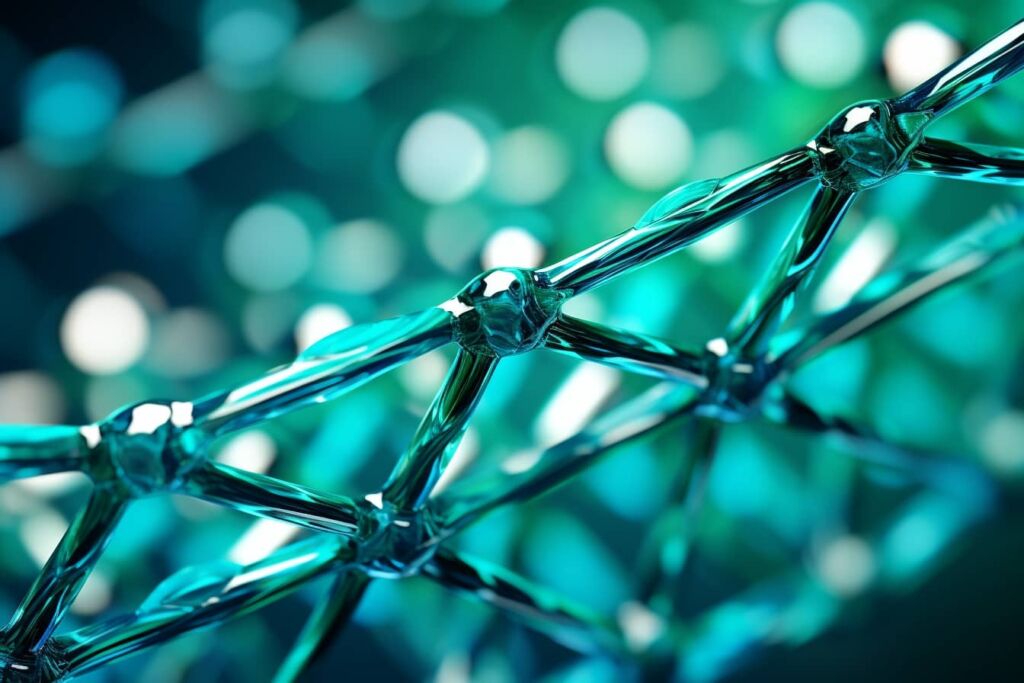
A team of researchers has discovered a supermaterial that could revolutionize materials engineering. By combining DNA and glass, they created a material that is 5 times lighter and 4 times stronger than steel.
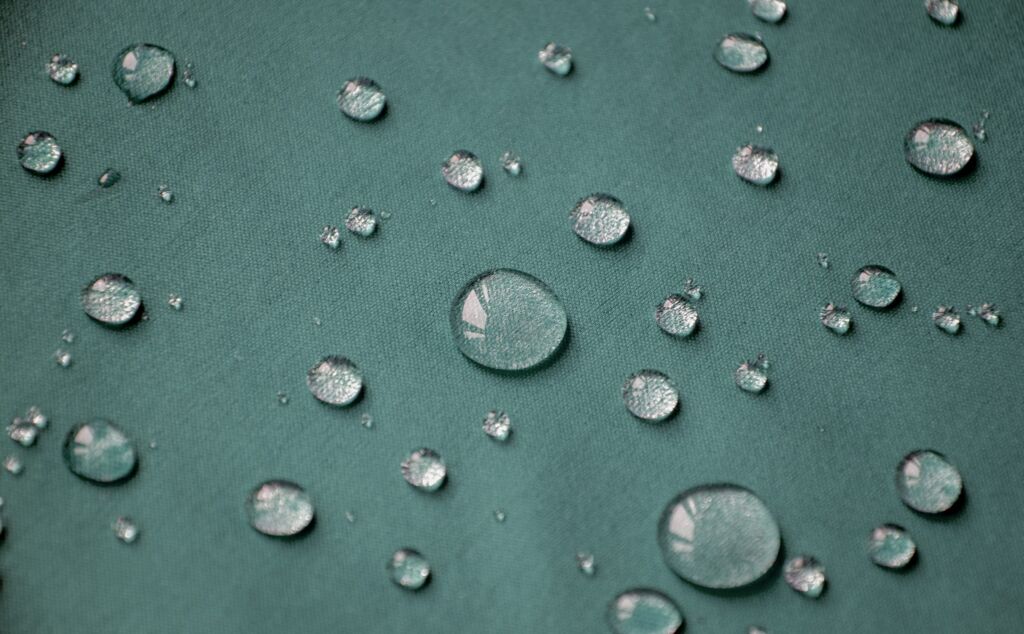
Nature guides science: A new hydrophobic surface developed by Harvard and international partners stays dry underwater for months
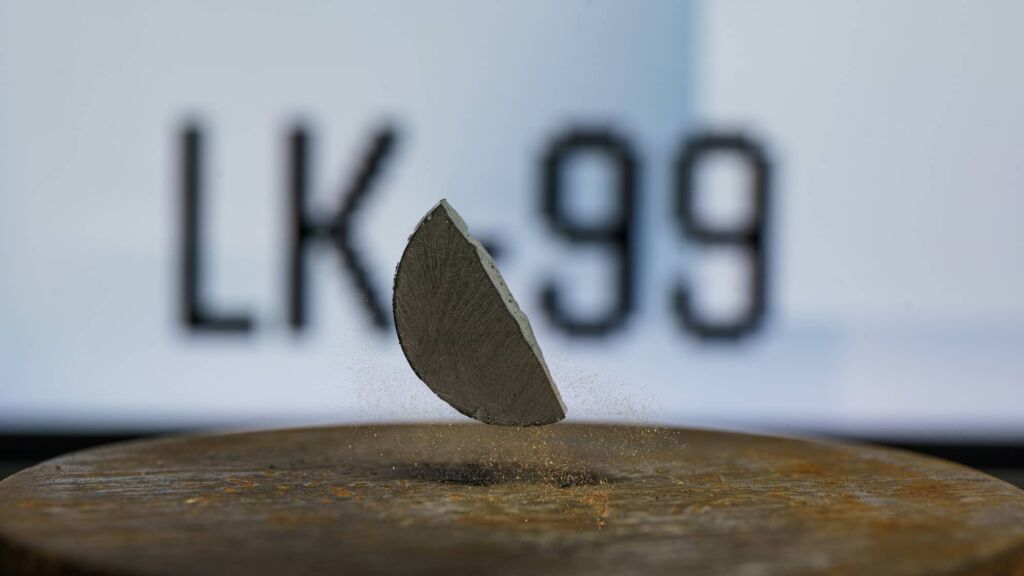
LK-99 could still surprise us: the latest studies open up the possibility of superconductivity at room temperature. New experimental confirmations awaited
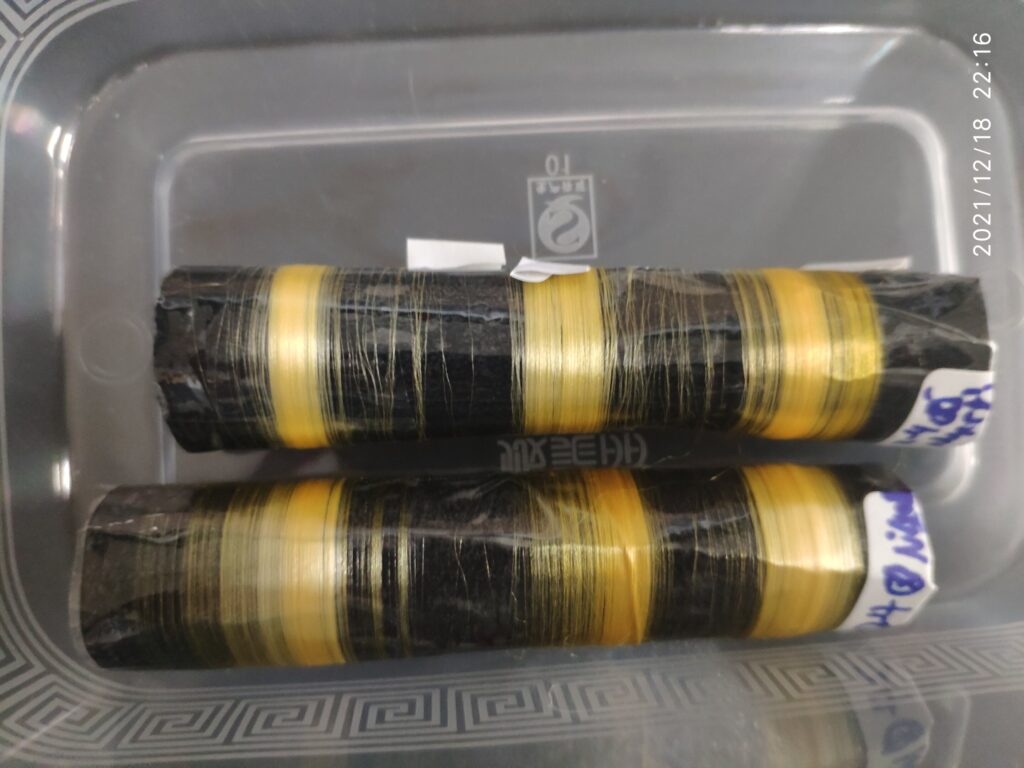
A research team produces spider silk from transgenic silkworms, offering an eco-friendly alternative to synthetic fabrics.

New research reveals that "visible" matter represents only a third of the universe: everything else is an enigma.

The University of Colorado reveals nanocrystals that transform light into mechanical force, promising revolutions in robotics and vehicles.

The HUST team reiterates that they have synthesized LK-99, a room-temperature superconductor. Is it to be believed?
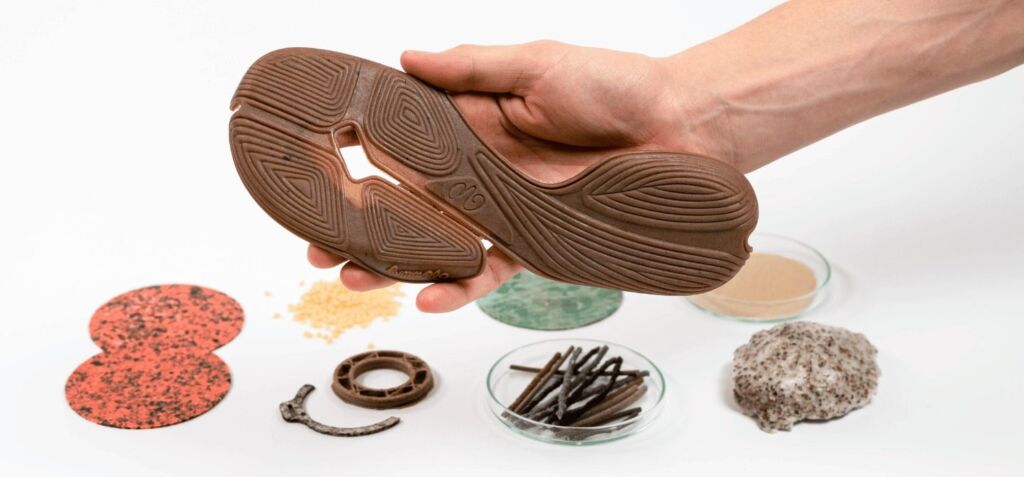
Kuori, a cleantech startup, does its part against microplastics by transforming food waste into compostable shoe soles.
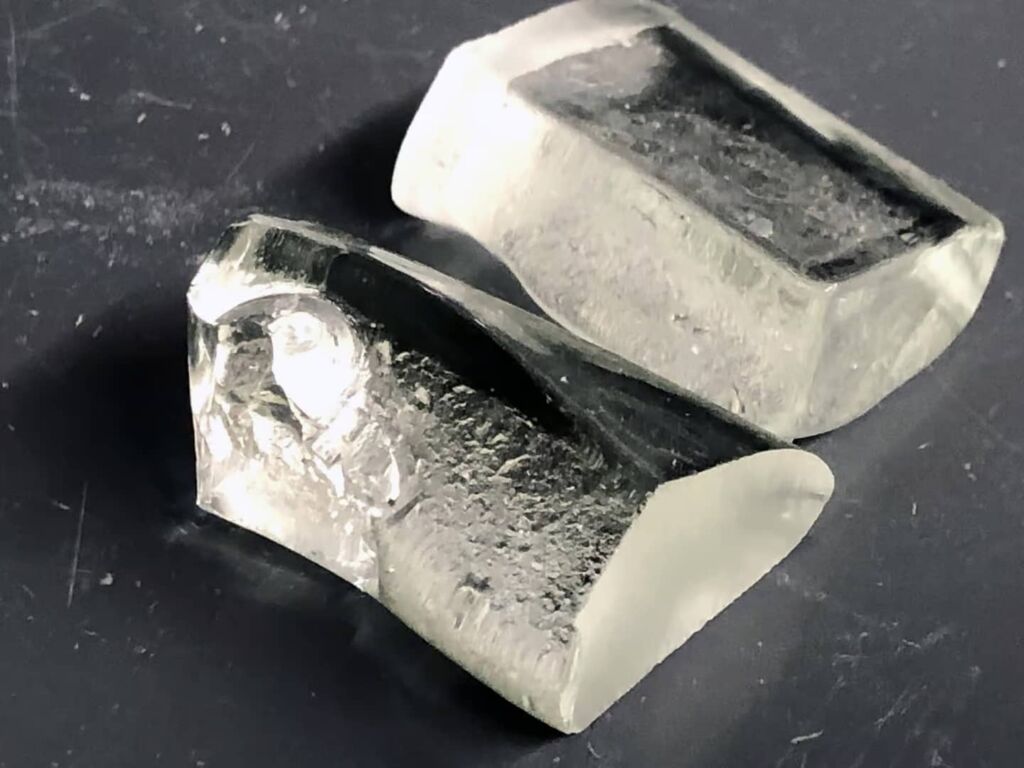
The new super-resistant and green glass created by an American university could revolutionize our daily lives.

From "plasticone" stronger than steel to 3D printed mushroom columns, here are the materials that will redesign the building of the future

Transforming road pollution into clean air: a brilliant prospect, especially for tunnels, thanks to photocatalytic concrete

Forget moldy fruit: Thai scientists create an invisible coating of cannabis, CBD, to prolong its freshness.
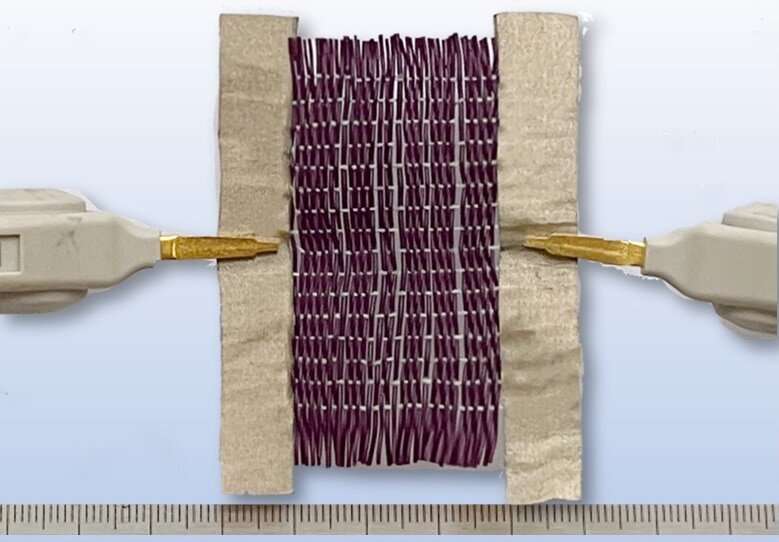
New intelligent fabrics change color and shape based on temperature and electricity: revolution for clothing and cars.

Berkeley Lab's A-Lab leverages AI and robots to revolutionize materials research in fully autonomous laboratories.

A lightning strike in Florida has produced a new material similar to space-like ones, and never seen until now on Earth.
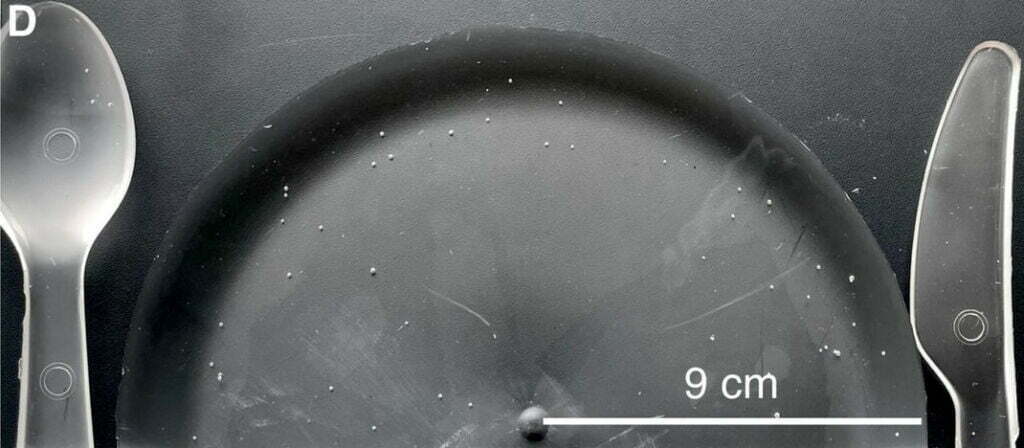
Scientists develop a fully recyclable material similar to super glue to fight plastic pollution
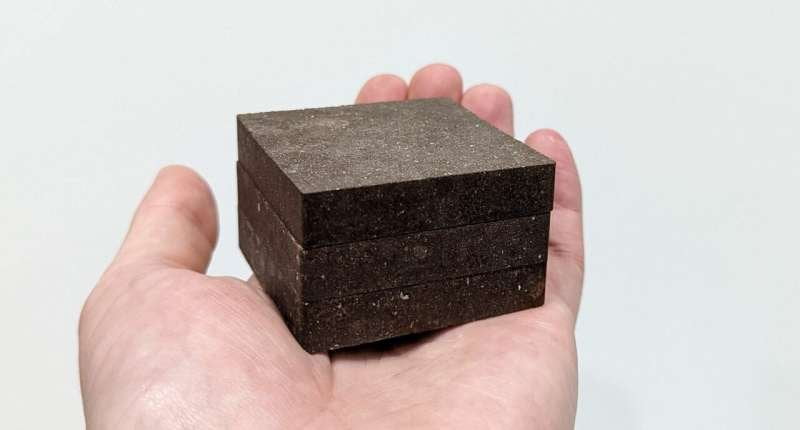
Homes on Mars? StarCrete, "cosmic" cement made from space dust and potato starch, will make the impossible possible.